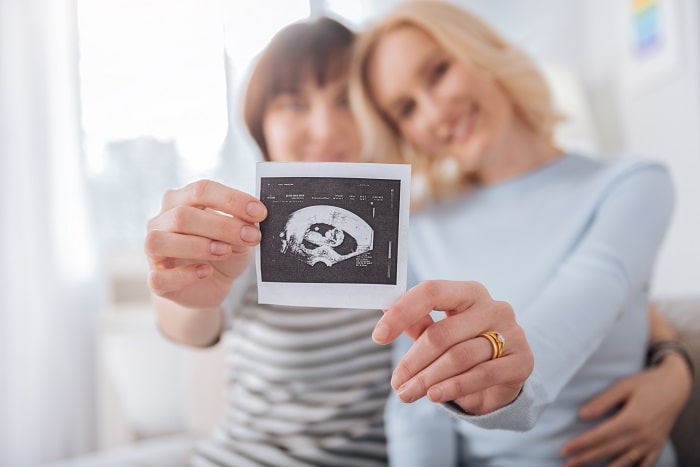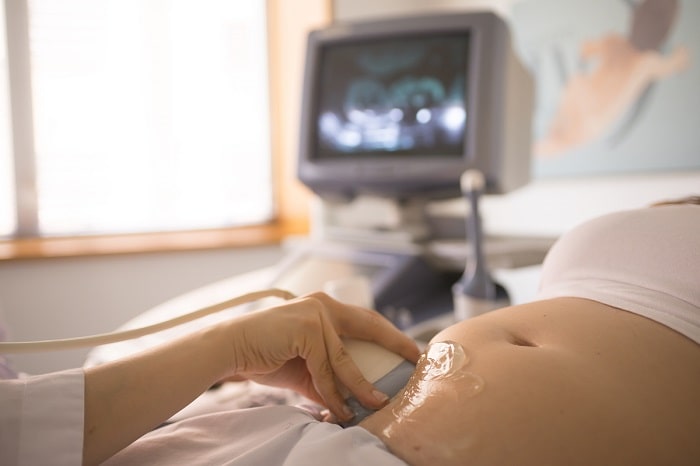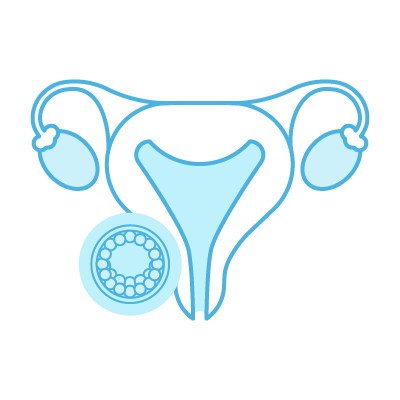

Reciprocal IVF
This technique allows a couple formed by two women to share the process of In Vitro Fertilization in an active way, where one of them is the genetic mother who provides the egg for the baby and the other is the biological mother who carries the pregnancy.




